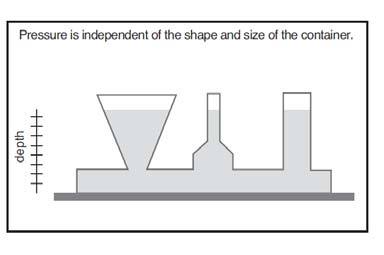We are trying to pressurise a tank of water to simulate (in a lab) pressure at approx. 5m deep in a river. If the tank is full of water and closed, apart from an open topped pipe that extends 5m vertically from the top of the tank, would the pressure 0.1 m down into the tank be: density of water x gravity(9.81) x 5.1m (assuming the pipe was full of water)? Does the diameter of the pipe above the tank have any effect on the water pressure in the tank?
The cross-sectional area of the tube is small in comparison to the tank. My understanding is that the pressure in the tank would be the same regardless of the diameter of pipe used. However, it doesn't seem right that, for example, a 20mm diameter pipe full of water and extending 5m above a 10m^3 tank would pressurise the tank to the same extent as pipe 2m in diameter filled (with a far greater weight of water) to the same height?
The cross-sectional area of the tube is small in comparison to the tank. My understanding is that the pressure in the tank would be the same regardless of the diameter of pipe used. However, it doesn't seem right that, for example, a 20mm diameter pipe full of water and extending 5m above a 10m^3 tank would pressurise the tank to the same extent as pipe 2m in diameter filled (with a far greater weight of water) to the same height?

